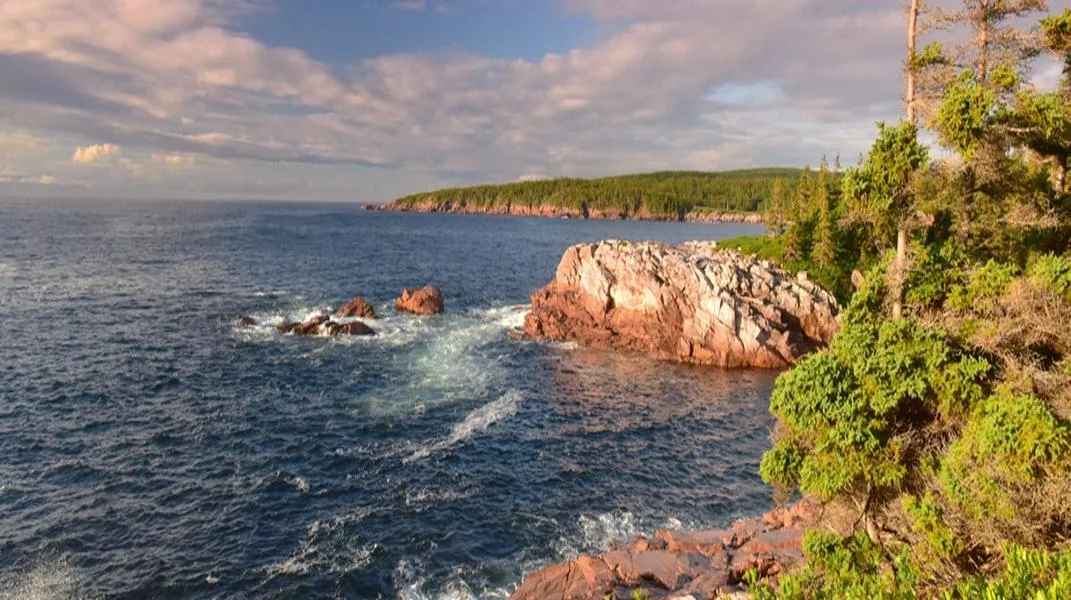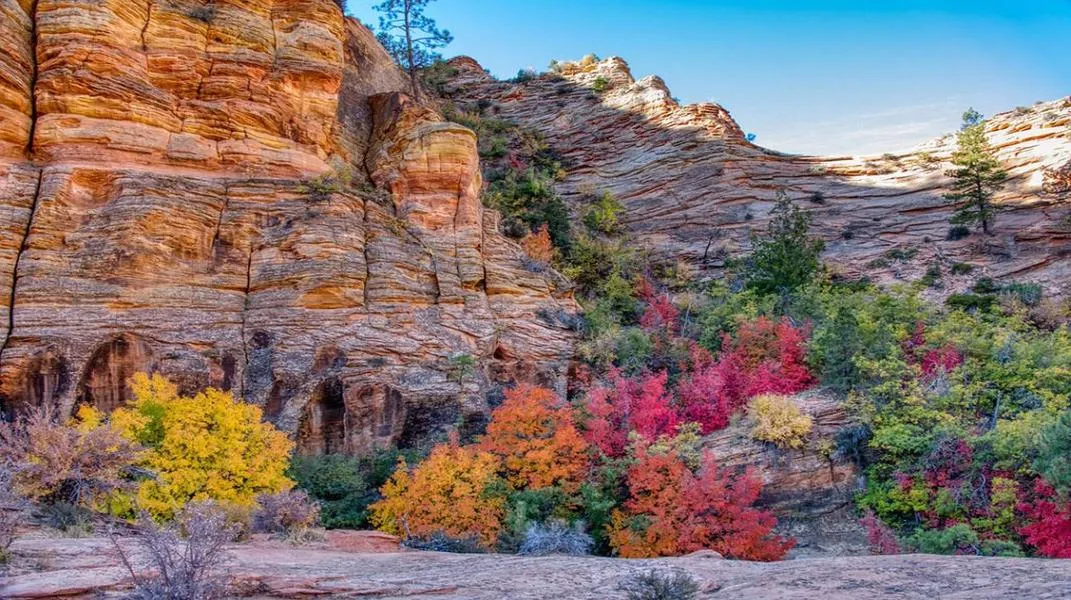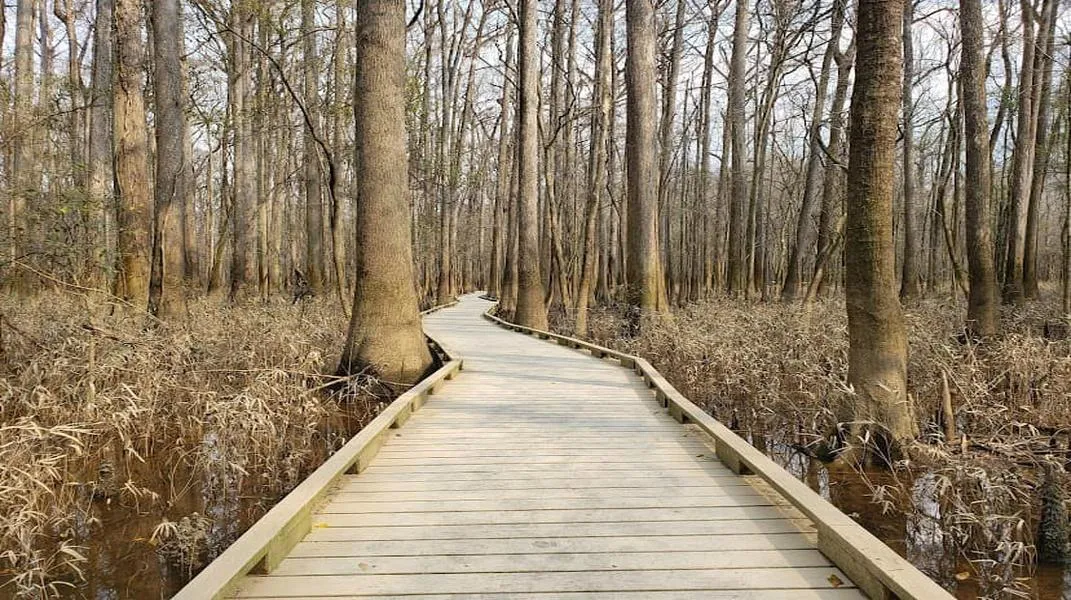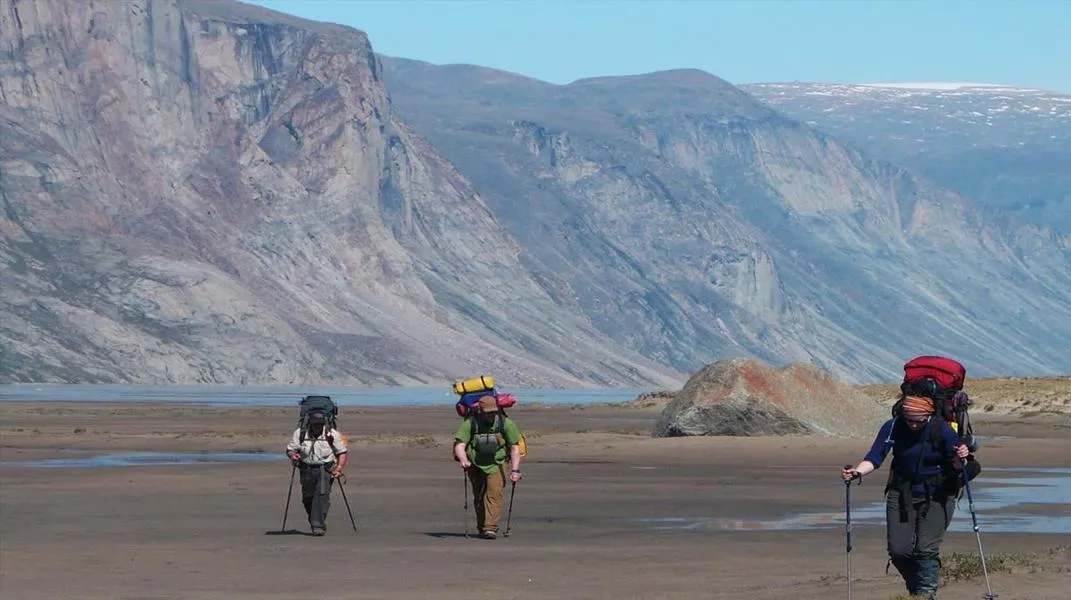Discovering the Natural Beauty of Cape Breton Highlands National Park
Nestled along the northern coast of Nova Scotia, Cape Breton Highlands National Park is a breathtaking testament to nature’s splendor, offering visitors an extraordinary blend of rugged coastal cliffs, lush forests, and vibrant wildlife. Established in

Overview of Cape Breton Highlands National Park
With its stunning vistas, rich cultural heritage, and a plethora of outdoor activities, Cape Breton Highlands National Park has become a premier tourist attraction. Whether you are an avid hiker, a nature lover, or simply in search of tranquility, the park provides an ideal destination that caters to all.
Geography and Landscape
The park is characterized by its dramatic topography. The Cape Breton Highlands feature rolling mountains that rise sharply from the Atlantic Ocean, creating a striking contrast between the highlands and the sea. The Cabot Trail, a scenic highway that encircles the park, offers breathtaking views of the coastline and the highlands, making it one of the most famous drives in Canada.
The landscape is marked by deep valleys, high plateaus, and dense forests dominated by a mix of coniferous and deciduous trees. Visitors can witness the stunning fall foliage that blankets the park in a kaleidoscope of colors, making autumn the perfect season for a visit. The park is also home to several rivers and lakes, including the picturesque Lake of the Woods and the famous Margaree River, known for its excellent fishing opportunities.
Flora and Fauna
Cape Breton Highlands National Park is a sanctuary for diverse wildlife, providing a habitat for numerous species. Visitors can encounter mammals such as moose, black bears, and coyotes, alongside a variety of bird species, including bald eagles, peregrine falcons, and the elusive Atlantic puffin. The park is also home to unique plant species that thrive in the varying climates of the highlands, from lush ferns to vibrant wildflowers.
Cultural Heritage
The park is not just a natural wonder; it also embodies the rich cultural heritage of the Mi’kmaq people, the original inhabitants of the region. Visitors can explore the historical significance of the area through interpretive programs and exhibits that highlight the Mi’kmaq culture and traditions. The park also celebrates the Scottish heritage of Cape Breton, known for its captivating music, dance, and cuisine.
Things to Do in Cape Breton Highlands National Park
Hiking and Trails
One of the primary draws of Cape Breton Highlands National Park is its extensive network of hiking trails. With over 26 trails ranging from easy walks to challenging hikes, there is something for everyone. Some popular trails include:
- Skyline Trail: This iconic 7.5-kilometer loop offers panoramic views of the Gulf of St. Lawrence. The trail features a boardwalk that leads to a cliffside viewpoint, where hikers can witness stunning sunsets and potentially spot whales in the distance.
- Franey Trail: A more challenging hike, the Franey Trail takes you through lush forests to an elevation of 400 meters (1,300 feet). The summit offers breathtaking views of the Clyburn Valley and the coastline.
- Cape Breton Highlands Trail: This extensive trail spans the length of the park and offers a multi-day hiking experience. It allows adventurous hikers to immerse themselves in the park’s diverse ecosystems.
- Mabou Trail: This family-friendly trail offers a scenic route through the park and is perfect for leisurely walks while enjoying the sights and sounds of nature.
Wildlife Watching
The park’s diverse ecosystems provide ample opportunities for wildlife watching. Early mornings and late afternoons are the best times to spot moose and other wildlife. The park also offers guided wildlife tours for those looking to learn more about the local fauna.
Scenic Drives and Photography
The Cabot Trail, which loops around the park, is renowned for its breathtaking views. With numerous lookout points, visitors can stop to take photos of the dramatic cliffs, rolling hills, and sparkling waters. The changing seasons provide unique photographic opportunities, from vibrant fall colors to serene winter landscapes.
Camping and Outdoor Activities
Cape Breton Highlands National Park offers several campgrounds, including the popular Ingonish Beach Campground and the Broad Cove Campground. Camping provides an excellent opportunity to immerse yourself in nature and enjoy stargazing in the clear night skies. The park also offers various outdoor activities, such as birdwatching, fishing, and kayaking, allowing visitors to explore the area from different perspectives.
Cultural Experiences
Visitors can engage with local culture through music and dance events, particularly during the summer months when many festivals take place. The park often hosts traditional Mi’kmaq performances, showcasing the heritage and storytelling of the First Nations people. Additionally, visitors can explore nearby communities, such as Baddeck and Cheticamp, to experience authentic Cape Breton culture and cuisine.
Preparing for Your Visit
To make the most of your trip to Cape Breton Highlands National Park, it’s important to prepare adequately. Here’s a comprehensive list of materials and tips to ensure a smooth and enjoyable experience.
Essential Gear
- Footwear: Proper hiking boots are essential for comfort and safety on the trails. Look for sturdy, waterproof boots with good traction.
- Clothing: Layering is key in the highlands, as temperatures can fluctuate throughout the day. Wear moisture-wicking clothing and pack a waterproof jacket, as rain is common.
- Backpack: A comfortable daypack will allow you to carry your essentials while hiking. Look for one with padded straps and enough space for water, snacks, and additional clothing.
- Water Bottle: Hydration is crucial, especially during hikes. Bring a refillable water bottle and plan to fill it at designated water stations.
- Food and Snacks: Pack energy-boosting snacks, such as trail mix, granola bars, and fruit, to keep your energy levels up during hikes.
- Navigation Tools: While most trails are well-marked, carrying a map of the park or downloading trail apps can be helpful. A GPS device or a smartphone with a reliable signal can also assist with navigation.
- First Aid Kit: Accidents can happen, so having a basic first aid kit on hand is a good idea. Include band-aids, antiseptic wipes, pain relievers, and any personal medications.
- Camera: Don’t forget your camera or smartphone to capture the stunning landscapes and wildlife encounters. A pair of binoculars can enhance your wildlife watching experience.
Safety Considerations
- Wildlife Safety: While wildlife encounters can be thrilling, it’s essential to maintain a safe distance. Never feed animals, as this can encourage dangerous behavior.
- Trail Etiquette: Stay on marked trails to protect the delicate ecosystems. Yield to hikers coming uphill and be mindful of other visitors.
- Weather Awareness: Check weather forecasts before your visit and be prepared for sudden changes. Conditions can change rapidly, especially in the mountains.
- Emergency Plan: Familiarize yourself with the park’s emergency procedures. Know the locations of park facilities and how to contact park rangers in case of an emergency.
Park Amenities and Services
- Visitor Centers: The park has several visitor centers where you can obtain maps, learn about the park’s history, and participate in interpretive programs. The visitor centers also sell souvenirs and snacks.
- Restrooms and Picnic Areas: Restrooms are available at key points throughout the park, and there are designated picnic areas where visitors can enjoy meals amidst nature.
- Guided Tours: Consider joining guided tours offered by park staff or local tour operators to gain deeper insights into the ecology and history of the area.
Timing Your Visit
The best time to visit Cape Breton Highlands National Park is during the summer months of June to September when the weather is typically warm and the park is fully operational. Fall is also a popular time for visitors, especially for those looking to experience the stunning foliage. However, winter offers a unique charm as well, with opportunities for snowshoeing and winter hiking.
Conclusion
Cape Breton Highlands National Park is more than just a stunning landscape; it is a place where nature, culture, and adventure intertwine. From the breathtaking views along the Cabot Trail to the tranquility of its forests and the vibrant wildlife that calls it home, the park offers an unparalleled experience for visitors.
By adequately preparing for your visit and embracing the natural beauty and cultural richness of the area, you can create lasting memories in one of Canada’s most cherished national parks. Whether you’re hiking its trails, fishing its rivers, or simply soaking in the views, Cape Breton Highlands National Park promises an unforgettable journey into the heart of nature.




